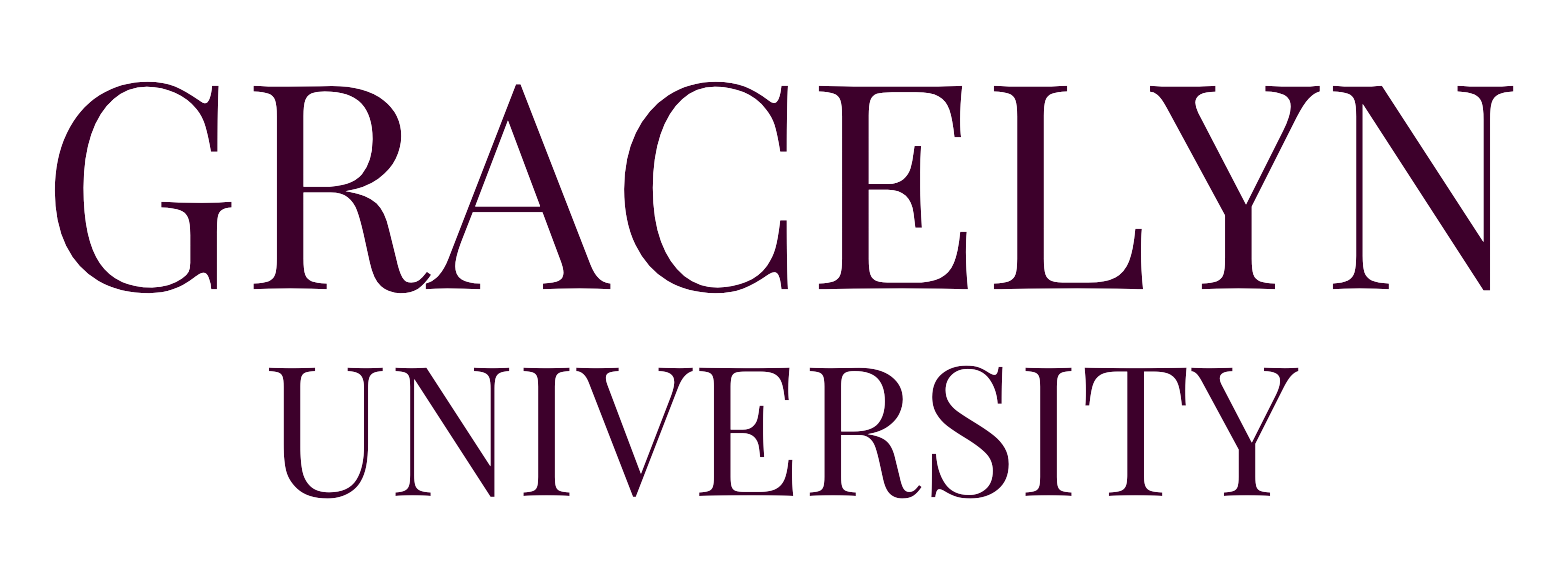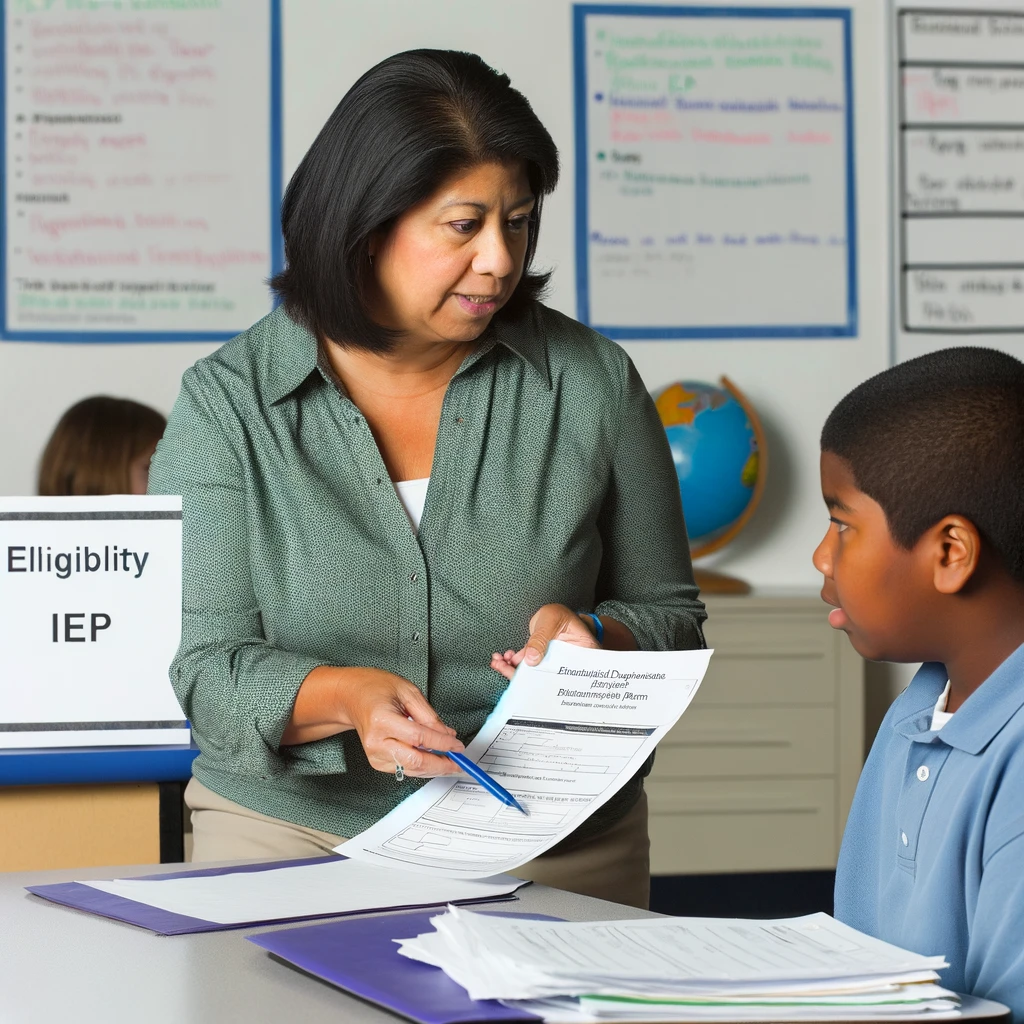News
Eligibility Requirements for IDEA
What if all teachers knew the eligibility requirements for IDEA services?
At Hartwell The Educators University, all graduates understand the eligibility requirements for IDEA services.
As educators, we understand that determining eligibility for special education services under the Individuals with Disabilities Education Act (IDEA) is a complex process that goes beyond simply having a disability diagnosis. The key principles that guide this process are crucial to ensure that students receive the appropriate support they need.
First and foremost, it’s important to recognize that being diagnosed with a disability does not automatically guarantee services under IDEA (Bateman & Linden, 2012). The evaluation team must first determine if the student has an identified educational disability that falls within one of the 14 categories outlined by IDEA, each with its own specific criteria (IDEA, 2004).
However, meeting the criteria for a disability category is not the sole determinant of eligibility. The team must also assess whether the disability adversely impacts the child’s educational progress and whether the child requires specially designed instruction to address their unique needs (IDEA, 2004).
It’s worth noting that certain medical conditions, such as dyslexia and ADHD, are not explicitly listed under IDEA’s 14 categories, despite often interfering with learning and attention (Understood.org, n.d.). In such cases, an educational evaluation is necessary to determine if the student meets the criteria for any of the recognized disability categories.
The case of autism presents a unique challenge, as it applies to both the medical diagnosis and one of IDEA’s 14 categories. However, it’s crucial to understand that a medical diagnosis of autism does not automatically qualify a student for special education services (Autism Speaks, n.d.). An educational evaluation is still required to determine if the student meets IDEA’s specific criteria for the autism category and if their disability adversely impacts their educational progress, necessitating specially designed instruction.
By adhering to these principles and conducting comprehensive educational evaluations, we can ensure that students receive the appropriate support and services they need to thrive academically and personally, regardless of their disability diagnosis.
There are some common misconceptions about eligibility for special education services under the Individuals with Disabilities Education Act (IDEA):
Misconception 1: Having a disability diagnosis automatically qualifies a student for IDEA services.
Reality: A medical diagnosis alone does not guarantee eligibility. An educational evaluation is needed to determine if the student meets one of the 14 disability categories defined by IDEA and if the disability adversely impacts their educational progress, requiring specially designed instruction.
Misconception 2: Conditions like ADHD, dyslexia, or autism automatically qualify a student for IDEA services.
Reality: While these conditions often interfere with learning, they are not listed as disability categories under IDEA. An evaluation is necessary to determine if the student meets criteria for an IDEA disability category and requires special education services.
Misconception 3: Good grades or academic performance mean a student is ineligible for IDEA services.
Reality: Eligibility decisions consider the whole child, not just grades. IDEA requires evaluating all areas of functioning, including developmental, social-emotional, and academic performance, regardless of grades.
Misconception 4: Twice-exceptional (2e) students, who are gifted and have a disability, cannot receive special education services in advanced academic programs.
Reality: 2e students can receive accommodations and specialized instruction in any educational setting, including advanced academic courses, if they meet IDEA eligibility criteria.
Misconception 5: Reducing workload or providing extra support is unfair for 2e students since they are gifted.
Reality: Fairness means providing what each student needs. 2e students are entitled to accommodations and specialized instruction detailed in their IEP or 504 plan to level the playing field.
About Hartwell – The Educators University
Hartwell is dedicated to empowering K-12 education leaders by fostering the growth of their people into competent and compassionate educators and leaders. Our mission is to ensure every child is taught by educators trained from a biblical worldview, emphasizing both excellence and empathy. Through our affordable online pathways to education degrees, we make careers in K-12 education accessible to everyone, enabling a new generation of teachers and leaders to inspire and educate future generations.
Discover more about our programs and scholarship opportunities at Hartwell.
Sources:
– Bateman, B. D., & Linden, M. A. (2012). Better IEPs: How to develop legally correct and educationally useful programs (5th ed.). Attainment Company, Inc.
– Individuals with Disabilities Education Act (IDEA), 20 U.S.C. § 1400 et seq. (2004)
– Understood.org. (n.d.). The Difference Between a Diagnosis and an Evaluation for Special Education Services. https://www.understood.org/en/articles/the-difference-between-a-diagnosis-and-an-evaluation-for-special-education-services
– Autism Speaks. (n.d.). Autism and Special Education. https://www.autismspeaks.org/autism-and-special-education

